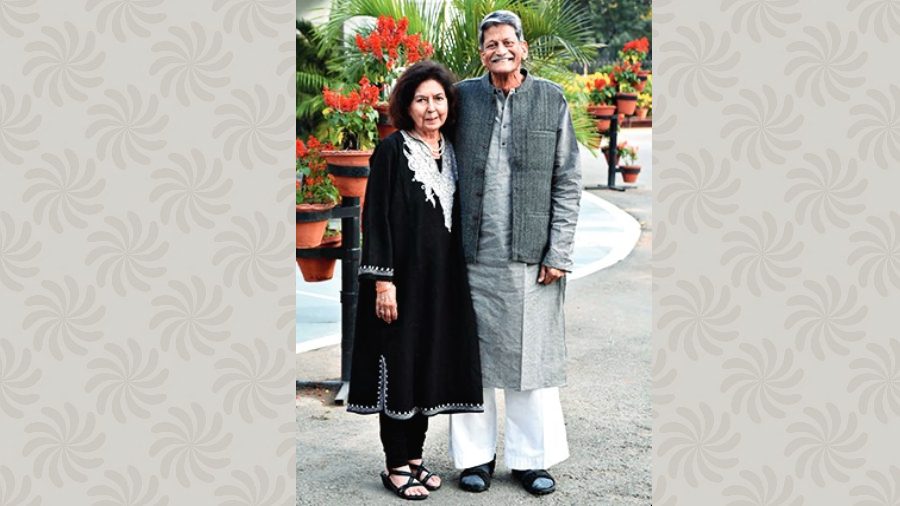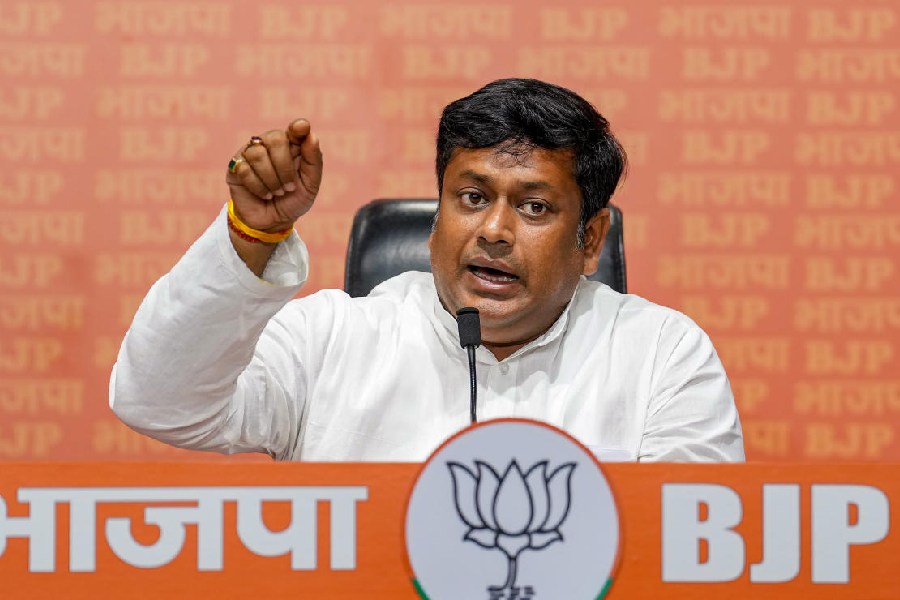Book: Encounter with Kiran: Fragments from a Relationship
Author: Nayantara Sahgal
Publisher: Speaking Tiger
Price: Rs 450
The term, ‘epistolary’, does not do justice to Nayantara Sahgal’s Encounter with Kiran for the simple reason that it is much more than a set of private letters written from one person to another. These are letters exchanged between two contemporary writers, Nayantara Sahgal and Kiran Nagarkar, who are, as the book shows, old enough to bemoan the passing of the past but young enough to engage with the present.
Much separates the two writers, especially their gender, age, and respective backgrounds. So why did Sahgal seek out Nagarkar, and vice versa? The former says that it was the latter’s novels which “played a big part” in her wanting to know him, and the latter was impressed by the former’s “innate dignity”, her “passion for literature and politics” and the strength of her “convictions”. Over a set of emails exchanged between 2014 and 2019, the two discover their like-mindedness, their respect for each other’s craft and intellectual abilities.
The letters are deeply personal as the writers express their individual and familial sorrows, challenges and triumphs. At the same time, these exchanges are intensely political as they bear witness to our times, to the shrinking spaces of expression and dissent, and to the growing tides of intolerance and violence. In Sahgal’s words, “These mails also reveal how two writers reacted to the destruction of the secular democracy that India had hard-built and cherished since independence.”
One of the thorny issues in the book is that of controversies. Sahgal is no stranger to them, and she narrates effortlessly the time when the BJP state government cancelled the Marathi Sahitya Sammelan’s invitation to her to speak about her father, Ranjit Sitaram Pandit, a freedom fighter and a classical scholar and translator. Contrarily, Nagarkar’s life falls apart after the #MeToo charges are levelled at him. Characteristically, Sahgal takes a forthright public stand on the issue of #MeToo and backs it up by asking Nagarkar to accept an award on her behalf in Pune.
But beyond the personal and the political, these letters are gathered in requiem; the book is Sahgal’s personal tribute to her comrade in letters who passed away on September 5, 2019. Sahgal felt compelled to share these letters of “exchange” to reiterate Nagarkar’s political philosophy: “If we don’t take a stand and make our voices heard against the violation of human rights, brutality, prejudice, hatred and persecution of the powerless, we are squarely responsible for the consequences of our inaction.” This is a powerful claim since writers are often perceived as isolated and remote individuals.
Encounter with Kiran tells us much about the duo’s writing styles, about Sahgal’s detached mode that is underwritten by her need for friendship, and about Nagarkar’s incisive yet passionate style. To give one example taken from the book, where Sahgal reflects on what ‘knowing’ Kiran meant, especially in times of crisis — she writes: “As writers, we had this assurance from each other, and drew strength from the unending courageous protests by Indians who refused to be silenced.” How did Kiran write about their friendship? He wrote, “I suspect despite all my cynicism I am an old-fashioned believer in either astral connections or bonds that are beyond the ken of human beings.”
With his incredible lightness of being, in which neither time nor space matter much, Nagarkar can, from a hospital bed, or from the bedside of a dying friend, or even from his own insomniac bed, write effortlessly about himself. He describes himself as “damaged goods”, writes about his “torrid love affair” with jackfruit trees, and tells us of his firm but unfounded belief that the only way one can make sense of the world around is by watching back-to-back movies.
Overall, Encounter with Kiran remains unhappily fragmentary as its two parts are unconnected generically: its resultant appeal seems to be a niche one. This is a pity as the oeuvre of the letters exceeds the title, “Encounter”, in its approximation towards a literature of revolt written by two politically passionate writers.










